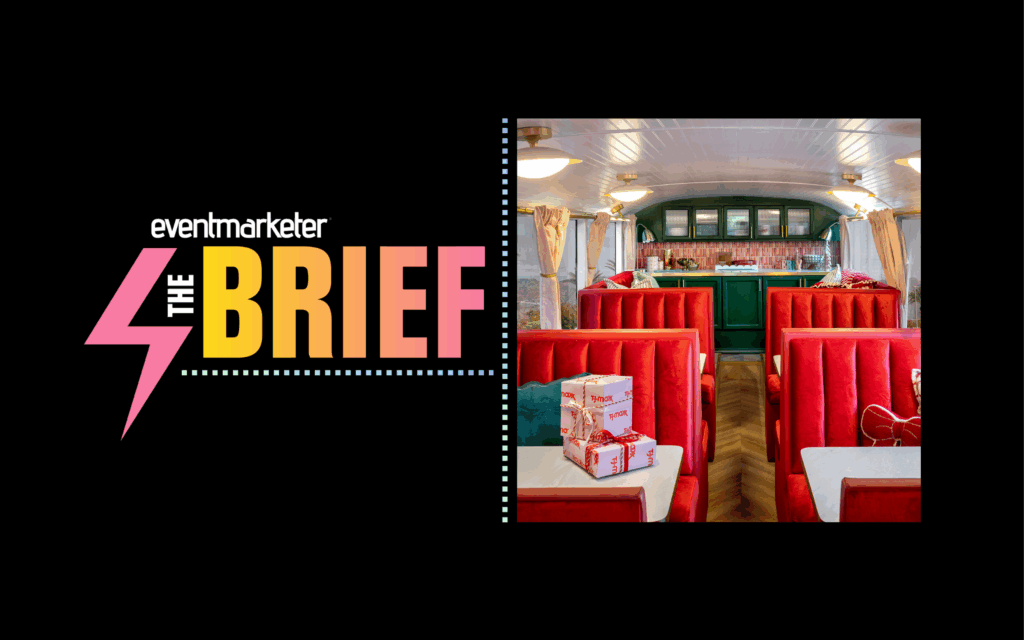As the economy grows more healthy, the business-to-government arena — especially federal — continues to attract direct marketers for several reasons.
First, the government market never gets smaller. Second, the federal small-purchase credit card, SmartPay, is growing in use. SmartPay will break $17 billion in fiscal 2004 (that is, from October 2003 to September 2004). The card was designed for so-called micropurchases, defined for federal buyers as any transaction under $2,500. State and local credit card buyers usually have a lower threshold. These micropurchases don’t require a government contract, which explains why two of the top five spending categories for the SmartPay card are catalogs and direct marketing. The credit card is used by people who need products or services quickly, a segment competent direct marketers can serve well.
There are a couple of things to keep in mind when targeting the federal market, or the total U.S. B-to-G market. B-to-G is huge, and it’s not confined to the District of Columbia. Sending snail mail into Washington is still tricky, as the anthrax issue lingers. So it’s best to target the offices outside DC, which traditionally receive less mail. There are 26 cities with more than 20,000 federal civilian employees, not counting postal or uniformed services.
So what does work in this market, both on the “e” front and in traditional direct mail? Let’s take a look
Traditional Mail
Snail mail still works, especially outside Washington, where anthrax was never a factor. The trick with direct is finding the right B-to-G list. Most B-to-B files, especially magazine and event attendee lists, have pockets of government readers and attendees. Government employees have different rules for buying, but are otherwise the same as B-to-B buyers. They attend the same events and read the same publications. Often you will find them in the same associations. For example, the International Facilities Management Association has a federal council. There are some good compiled files available, including the SmartPay credit cardholders list that’s available through MeritDirect.
Plantronics recently mailed an oversized (6-inch by 9-inch) double postcard to attract end-of-federal-fiscal-year business. The federal FY ends Sept. 30, and the postcard went out in early September, so the timing was right. Graphics were good, as was the copy, using the “work smarter, not harder” theme, showing people both inside and outside using hands-free devices.
For several years, Marvel (the Chicago furniture manufacturer, not the comic book publisher) has used an ultra slim-jim catalog that fits in a #10 envelope. Marvel is able to highlight its government-contract top sellers and keep costs low. Catalogs in envelopes get by gatekeepers more frequently, and a slim-jim in a #10 should go quite far.
Catalogs always work, if you can get them through the labyrinth. The labyrinth in B-to-G starts with the mailroom. Military bases have a published threshold of not delivering “unsolicited commercial mail” arriving in quantities of 50 pieces or more. Beyond the mailroom, you have the other traditional gatekeepers, so “government-izing” the catalog is imperative.
Among the best of these is CDW-G, the government division of computer cataloger CDW, Chicago. When CDW started market segmentation several years back, they did so with a “G-E” book, combining government and education as a single title. Government and education people, although they buy in a similar manner, view their respective needs as separate and distinct, and it didn’t take CDW long to figure this out.
Since that time, CDW has come out with separate catalogs for each segment: federal, state and local, and education. The catalog covers for each also highlight differences, although the products offered in each of the catalogs remain similar.
More recently, CDW started adding small editorial pieces to the catalogs, offering helpful advice on storage, networks and the like. The editorial adds shelf life and helps create pass-along.
You don’t have to be a big cataloger to take advantage of the nuances of the government market. Audiovisual cataloger National Audio-Visual of Grafton, VT, has been going after government business since 1990, and was perhaps the first to use the government credit card logo on its catalog. Government remains a large portion of its business, mainly by targeting the government’s SmartPay credit card purchasers.
Web and E-mail
Over the past several months there have been several excellent e-mail promotions (as well as hundreds of bad ones). Among my favorites is one from Global Knowledge, Cary, NC. In mid-July, they sent an e-mail with the subject line, “Top 25 IT Skills and Salaries.” The body of the e-mail had the message, “Do you ever wonder how your pay stacks up against the industry average? Ever ponder your choice of careers? Find the answers to these questions and more in the latest Global Knowledge IT Skills report. Based on real-time statistics from ComputerJobs.com, we reveal the most popular IT skills and what employers are willing to pay for them! Find out about networking, project management, e-commerce, Windows, Unix and more.”
The link required the visitor to register to obtain the results, but the information was worth it: Downloads with the top 25 IT skills, average annual salaries and the highest paid positions. Value-added com-munication is the only way to make unsolicited e-mail really work. It also was a great way to build a list, as registration with snail and e-mail addresses was required.
Projection-display manufacturer InFocus, of Wilsonville, OR, sent an early-September e-mail promoting both portable and training-room projectors. The text included government-contract pricing and provided a link to InFocus’ government buyers’ Web store. The subject line of “InFocus GSA Update” wasn’t exciting, but it did the job for the government market. The text was informative and not wordy:
InFocus is pleased to introduce the updated and expanded InFocus GSA Schedule GS-35F-4138D, including our newest data projectors and accessories.
Whether you need a projector for your largest training room or one small enough to tuck into your laptop bag, InFocus has a solution. Check out some of our newest offerings below.
After this the e-mail had the photos and pricing. Overall, a solid effort, short and to the point.
On the Web site front, industrial supply company Lab Safety Supply has done some interesting work. On the bottom right of its home page (www.labsafety.com), click on “Government” under “Resource Centers.” This takes you to the site’s government page.
Here Lab Safety Supply enumerates the reasons government buyers should choose it as their source, using factors that matter most in the government market. The company accepts the government credit card, has real people answering the phone, a wide product selection, fast shipping and more. There’s serious information on this page for government buyers, especially the “EZFacts” at the bottom.
In an extraordinary effort, Lab Safety Supply has combed through federal regulations that make reference to the products it sells. This keeps buyers in total compliance with current regs and helps them justify their purchases. Products offered are below the $2,500 micropurchase threshold. The information provided by Lab Safety Supply makes it an easy place for feds to spend money — even though the company has no contracts with Uncle Sam!
Mark Amtower is senior partner at Amtower & Co. in Highland, MD. He produces the B2G Catalog Summit.



